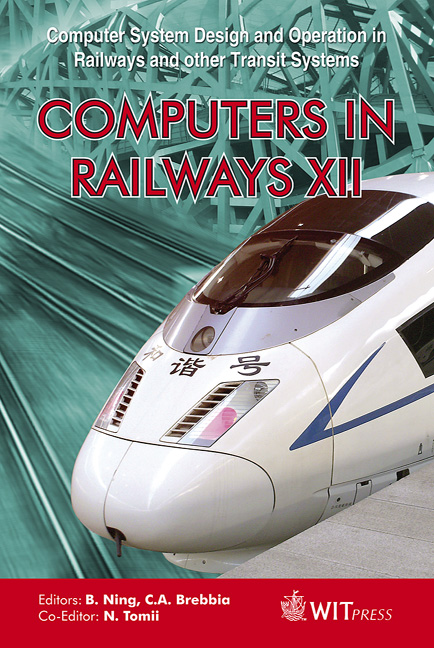Development Of The New CBTC System Simulation And Performance Analysis
Price
Free (open access)
Transaction
Volume
114
Pages
11
Page Range
497 - 507
Published
2010
Size
697 kb
Paper DOI
10.2495/CR100461
Copyright
WIT Press
Author(s)
R. Chen & J. Guo
Abstract
This paper introduced the new developed CBTC (Communication Based Train Control) system simulation and performance analysis (hereafter called the simulator) in Southwest Jiaotong University from the system architecture, functions, modeling and algorithms. The simulator is a software program to simulate the movement of trains in the system. It applies the same signal rules of a project without any real hardware or software. A directed graph of track layout and the CBTC moving block train control model used in the simulator are introduced. The main purpose of the simulator is to calculate the system headway and trip speed under the current system configuration and block design. Headway is defined as the time interval between the successive trains moving along the same track in the same direction through the same point. Minimum Design Headway is a key parameter in a system. In this paper, the principle of the in-line station headway and the turn-back station headway calculation are described, and the examples of Chengdu line 1 are provided. Keywords: CBTC, train control, headway, simulation, performance analysis, safety braking model, safety distance, directed graph. 1 Introduction With the rapid development of urban railway transit, the new moving block technology CBTC has been the trend of the urban railway Automatic Train Control (ATC) system. To carry out the system simulation and evaluate the system performance is an important step in the system design stage. The main purpose of the simulation is to calculate the system headway and trip speed with the current system configuration and block design. Headway is
Keywords
CBTC, train control, headway, simulation, performance analysis, safety braking model, safety distance, directed graph





